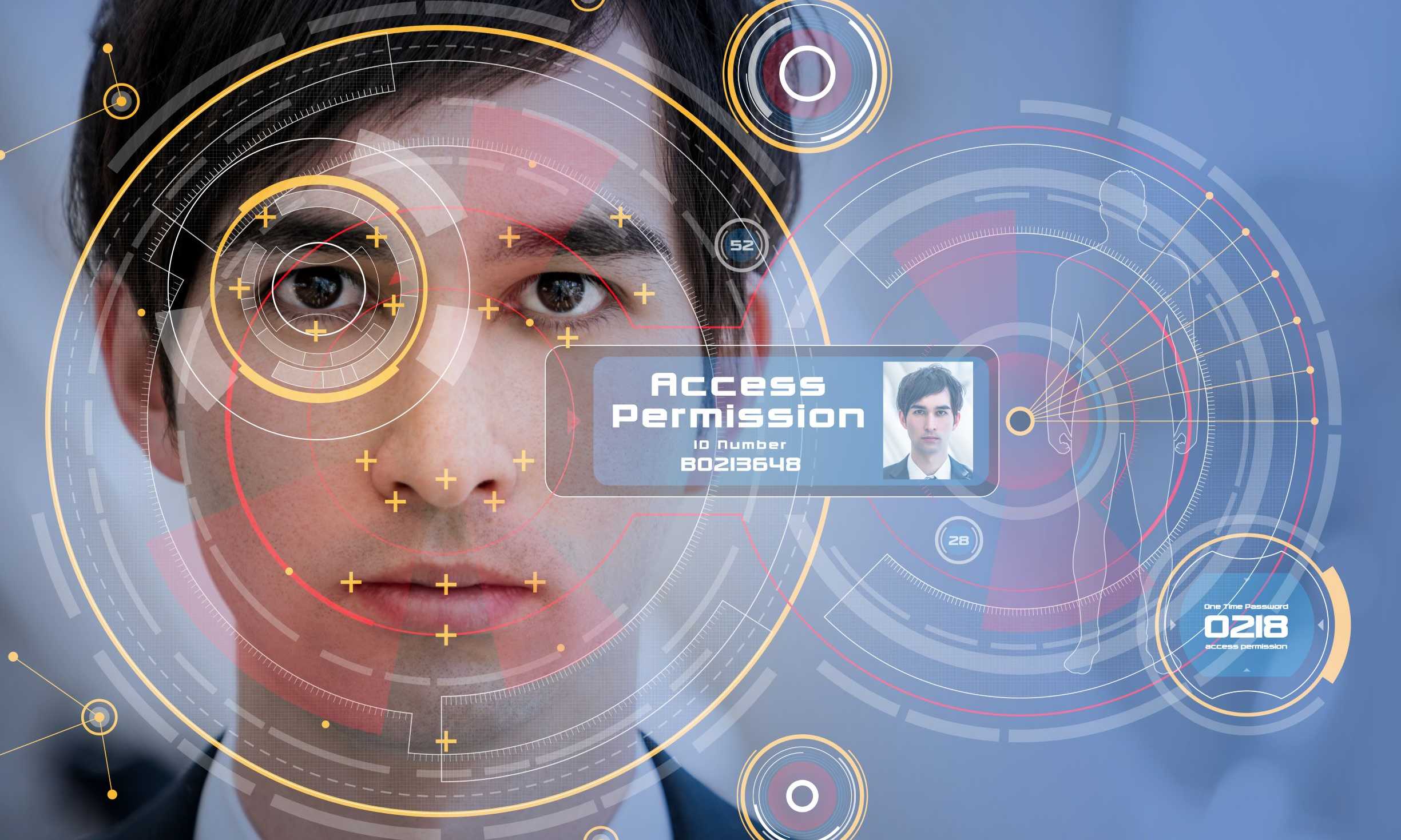Shaping the future of contactless door entry and access control Julian Synett, CEO of Interphone Limited
Saying that we are in immensely different circumstances to the ones we began the year with feels like a massive understatement and the shadow cast by the COVID pandemic is likely to be long and profound. Hygiene, infection control and risk mitigation have been placed under the spotlight like never before and this is going to having significant impact on how we approach access control and door entry systems now and in the future. Suddenly everyone is thinking again about contact based systems with managing agents having to completely re-evaluate how they manage access to properties in a COVID environment to protect residents and visitors.
Fingerprint recognition has become widely adopted technology in recent years across a multitude of access-related applications ranging from buildings through to personal gadgets. Within the commercial residential marketplace, it is recognised as a highly-secure and cost-effective solution with less of the risks associated with other door entry systems. The COVID crisis, however, has changed everything for contact-based biometrics systems with the focus switching to hygiene and reducing touchpoints that could spread the infection.
While these hygiene concerns will diminish when we return to some semblance of normality, the pandemic is likely to result in some irreversible change. For example, how will managing agents approach access control in an environment where infection control has to be considered as of equal importance alongside the normal security considerations? A single person, infected with COVID or some other virus, using fingerprint scanner risks the welfare of all residents and visitors. With the virus surviving at least a number of hours on most surfaces, the contamination of both public areas and individual properties will be rapid and potentially devastating.
Traditional fob and card systems, while in theory contactless, still possess many of the same issues as a fingerprint scanner because close contact is still required, and most people still touch the reader more often than not. This has led the marketplace to explore sanitary alternatives, such as iris and facial recognition, that contribute less to the spread of infections by completely removing any touchpoints. In fact, affordable retrofit solutions have been introduced that are compatible with most existing access control and door entry systems.
An iris or facial recognition door entry system uses unique data taken from the physical characteristics of a person, which cannot be shared or transferred to anyone else. With recent advances, a commercial residential property can now take advantage of this high-performance contactless system in an affordable manner. The latest AI technology means many solutions can identify faces in a matter of milliseconds, even from different angles, in lowlight at night, with various facial expressions or even when someone is wearing a mask.
This means managing agents can recommend a secure and hygienic solution with less of the health risks associated with other entry options. A host of other benefits are also available when compared to card and fob systems. Appropriate access can be quickly added or removed electronically, so the risk of unauthorised access is substantially reduced. Lost, retained or cloned keys, cards and fobs can no longer be used by non-residents, while residents are unable to misplace or forget them causing unnecessary hassle to themselves and the property manager.
Iris or facial recognition technology can now be combined with thermal access and flow control, using the latest innovations in temperature monitoring and people counting, to gain added layers of hygiene and protection. These advances are designed to assist in the identification of raised temperatures as well as with the flow of people entering and leaving a building at peak times, with the aim of creating a safer in-building environment and experience. It also reduces the need to physically deploy someone to carry out these functions, if required, such as a concierge or security guard.
However, there is no silver bullet technology for hygiene and infection control for commercial residential buildings, so managing agents will need to take a joined-up approach as part of a wider facilities management solution. For example, contactless biometrics does not solve the issue of access control for visitors, so only with a full-time concierge is it currently possible to admit them without multiple entry touchpoints that pose an increased risk.
Meanwhile, managing agents are having to consider new ways of opening doors without residents and visitors having to touch anything on entry, otherwise the benefits offered by a contactless biometric solution are quickly diminished. Bringing together contactless biometrics with an automated door system is certainly one option for residents, but cost will ultimately become the deciding factor for many residents and buildings. Moving forward, we may see further innovation involving integrated sensors or foot pedals that can allow entry without the need to push or pull a door or use a handle.
Managing agents have a responsibility and duty of care to their residents, staff and other visitors, minimising the risk of infection from COVID and any future virus. While everything at some point will start to return to normal, the current pandemic will result in some permanent changes to how we view and deal with hygiene and infection control alongside security. This means that managing agents not only need to overcome the challenges presented by the current crisis, but also take steps to shape the future of contactless door entry and access control within the commercial residential marketplace.



